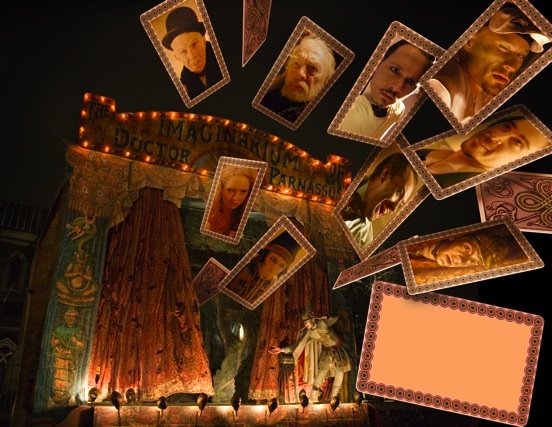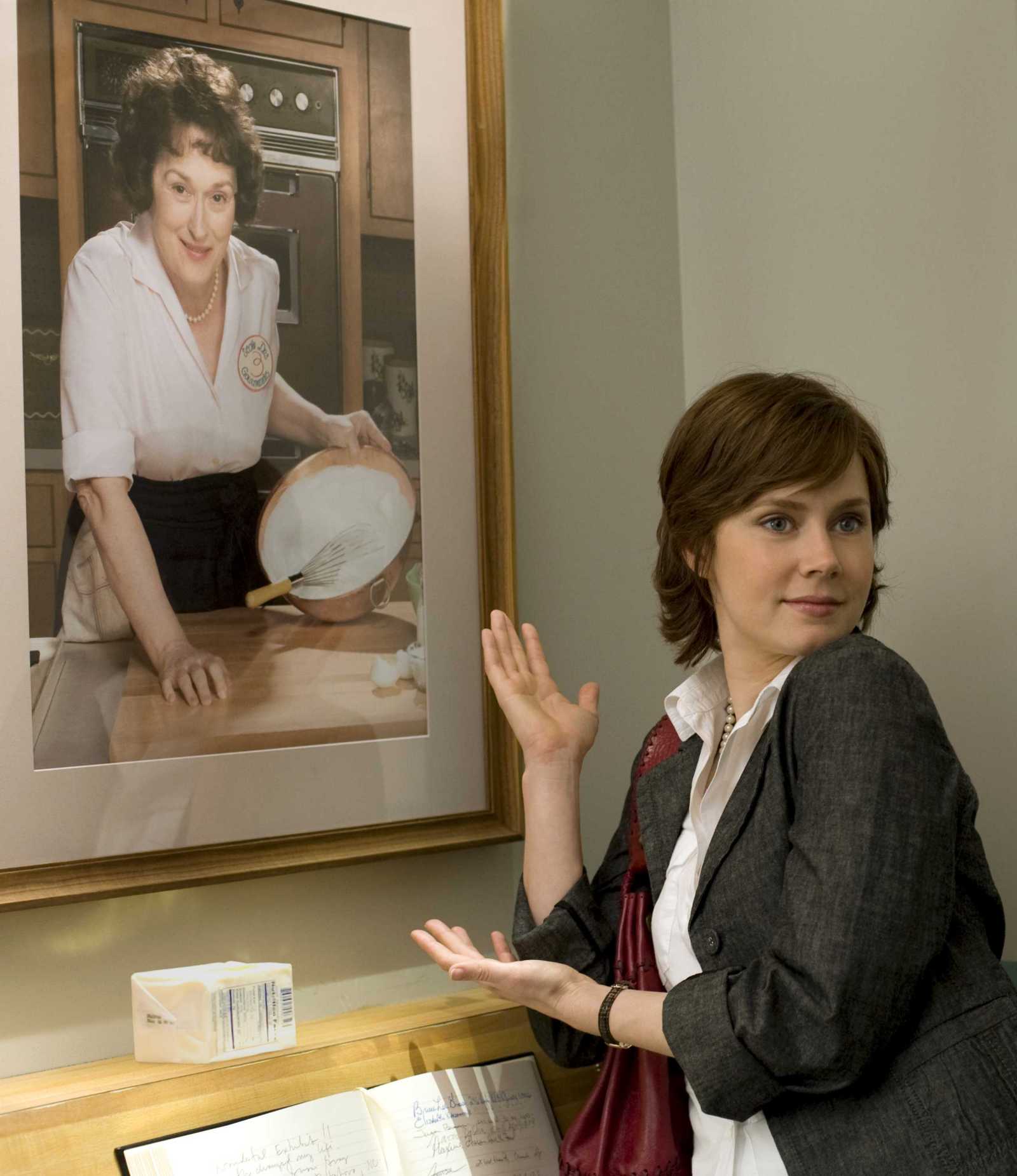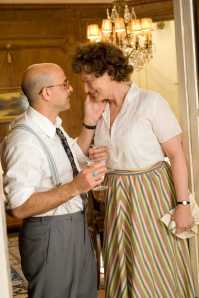This review was written by contributing writer, Thuy Dinh, my resident expert on graphic novels.—PCN
*******************************************
 In A.D.: New Orleans After the Deluge, Josh Neufeld presents a graphic journalistic account of six survivors’ real-life experiences after Hurricane Katrina. Neufeld based his stories on first-person interviews, photos and other on-location research he conducted while volunteering with the Red Cross. Though he has a sure hand with the visual medium, his reluctance to subject his own views on the matter somehow dilutes its emotional resonance.
In A.D.: New Orleans After the Deluge, Josh Neufeld presents a graphic journalistic account of six survivors’ real-life experiences after Hurricane Katrina. Neufeld based his stories on first-person interviews, photos and other on-location research he conducted while volunteering with the Red Cross. Though he has a sure hand with the visual medium, his reluctance to subject his own views on the matter somehow dilutes its emotional resonance.
His visual style is poetic and powerful in rendering the horrors of Katrina: the gigantic mushroom-shaped storm rising from the New Orleans skyline like a vision of latter-day Hiroshima; the Biblical water full of rats after the levee broke; a non-functional public bathroom at the Convention Center filled with trash, human waste and broken stalls that signifies a complete breakdown of the social order. But he’s at his most eloquent when he renders his panels in virtual silence; the symbolic effects of Katrina are most deeply felt when there is little or no intrusion of verbal caption.
Before A.D was reformatted and expanded into book form (the book has 25% more story and art than its online version), it first appeared in 2007 on the SMITH magazine website (still available here). The characters—Doc Brobson, a well-off white male; Denise, a financially strapped black female; Abbas, immigrant entrepreneur; Gen-Xers Leo and Michelle; and Kwame, a middle-class high school student—were chosen to represent a cross section of the wider populace affected by the storm.
In its current form, most of Neufeld’s characters don’t quite register. To make sure Denise, an African-American social worker, can tell her own story without racial and gender bias, it seems Neufeld gave her script approval. While his need to respect Denise’s suffering is understandable, his cautious treatment of her anger and self-loathing distances us from her plight. I wish Neufeld had explored with Denise the “many things that FEMA didn’t understand” about struggling, unmarried, professional black women living in untraditional households who feel they were grossly under-compensated in the aftermath of Katrina.
Neufeld seems much more comfortable in portraying Leo, twenty-something comic book collector and publisher of the New Orleans music webzine Antigravity. In treating Leo’s loss of his valuable comic book collection as a symbol for all the random losses in his life, Neufeld captures in Leo’s story what he couldn’t do in Denise’s case—the sense that Katrina represents the sheer mystery of destruction, a godless force that irretrievably deletes one’s recorded existence.
If Neufeld had explored his connection with Leo as a way to bring in his own subjective viewpoint, it would have helped A.D. pack a bigger emotional punch. In a March 2007 interview published in Antigravity, Neufeld, a Brooklyn resident who called himself a “helpless observer” of the 9/11 attacks, said that while 9/11 had national and international impact, its physical effects were largely limited to Ground Zero. Katrina, on the other hand, as “a toxic combination of nature and government incompetence, directly affected far more families than 9/11.”
This perspective, had it been included in A.D., would have shown how poverty and apathy are both more banal and yet insidious than any planned terrorist attack. Neufeld would have brought home the dire message that in this day and age, our citizens are still living in an Old Testament world, waiting Godot-like for the coming of progress.



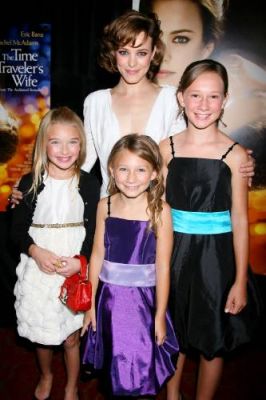


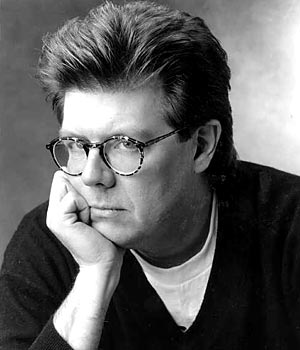

 Speaking of overhyped and Oscar nominations, I didn’t understand Saoirse Ronan’s Best Supporting Actress nod for Atonement at all. She had one expression in that whole movie. Looks like she gets to show more dimensions here as Susie Salmon, the murdered girl who lingers in the in-between and narrates the story. And though I think Ryan Gosling is the superior actor, it makes sense that Mark Wahlberg replaced him as the dad since Gosling isn’t quite 30 and too young to play the father of a teen.
Speaking of overhyped and Oscar nominations, I didn’t understand Saoirse Ronan’s Best Supporting Actress nod for Atonement at all. She had one expression in that whole movie. Looks like she gets to show more dimensions here as Susie Salmon, the murdered girl who lingers in the in-between and narrates the story. And though I think Ryan Gosling is the superior actor, it makes sense that Mark Wahlberg replaced him as the dad since Gosling isn’t quite 30 and too young to play the father of a teen.